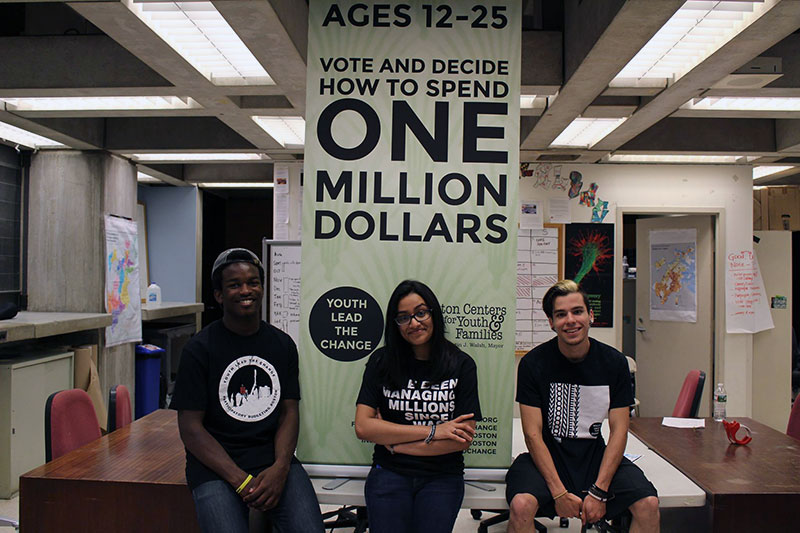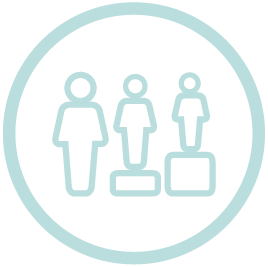PB can: deepen equity & inclusion
Issue
In New Jersey—and across our country—centuries of inequitable, exclusive policies have led to stark disparities in health and wellbeing for people of color and low-income people. It’s estimated that 6,400 deaths could be avoided each year if all New Jerseyans had the same access to the things that help us live healthy lives—like insurance, care for chronic illnesses, employment, and adequate housing.16
Reversing this legacy requires a commitment to sharing decision-making with individuals and communities who have been systematically excluded from institutions of power. PB is an actionable process for making decision-making more equitable and inclusive. In the PB process, historically marginalized groups tend to participate more than conventional public participation processes, leading to government leaders hearing new voices.
“New Jersey is one of the most segregated states in the nation. So certainly people of color are disproportionately impacted [and underrepresented]. And we’ve concentrated people of color and poor people in areas where they do not have the access they should to basic necessities.”
Add Your Voice
Click here to share your vision for PB in your community.
Impact
Participation in PB doesn’t have to be limited to individuals who are eligible to vote in local elections. Local PB leaders typically choose not to restrict participation based on citizenship, so immigrants without voting rights—including undocumented people—can participate. Often so can youth under the legal voting age of 18, and people with felony conviction histories. And participation in PB doesn’t stop at voting: community members themselves design the PB process, and brainstorm and develop the proposals that get voted on.
A more inclusive process impacts both officials and community members. Incorporating resident input means proposals and priorities are based in the lived experience of diverse residents, and help round out the perspectives of elected and appointed leaders. This leads to better, more equitable, and innovative solutions, while also bringing the people and their government closer together as a community. The PB process also strengthens civil society by creating new relationships, empowering new leaders, and generally strengthening local democracy.
“[Questions] were raised about 14-year-old participation. [We] cited our goals of engaging and empowering the public. Giving them a voice in the decision-making process. Educating our younger population about the power of the vote is important.”

Get Resources
Click here for more resources on how PB can help your community.
The Participatory Budgeting Project will follow up with more information on how PB can help solve the issues that matter most in your community.
